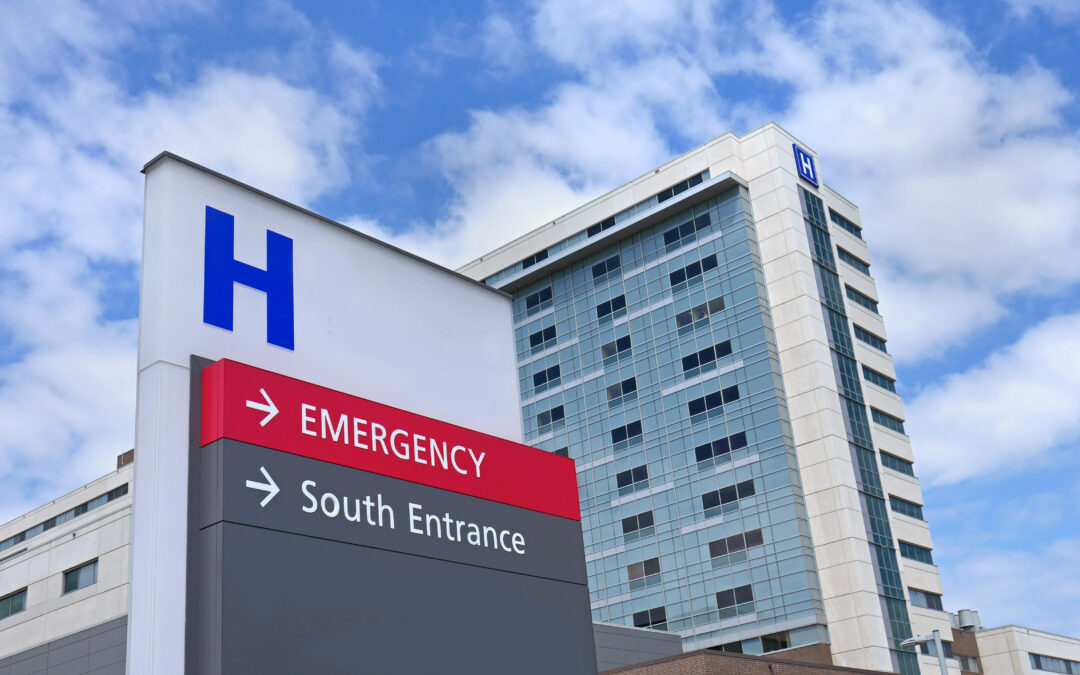Introduction
Healthcare facilities are meant to be sanctuaries of healing, where patients can recover and receive the best possible care. However, the risk of healthcare-associated infections (HAIs) poses a significant challenge to the well-being of both patients and healthcare professionals. In the ongoing battle against these infections, the unsung heroes often overlooked are the professional cleaners who play a pivotal role in maintaining a sterile and safe environment within healthcare settings. This blog post delves into the critical role of professional cleaners in combating HAIs and emphasizes the importance of their contributions to the overall health and safety of healthcare facilities.
Understanding Healthcare-Associated Infections (HAIs)
HAIs, also known as nosocomial infections, are infections that patients acquire during the course of receiving healthcare treatment. These infections can occur in various healthcare settings, including hospitals, clinics, and long-term care facilities. Common HAIs include surgical site infections, bloodstream infections, urinary tract infections, and respiratory infections. The consequences of HAIs are not only detrimental to the affected patients but also place an additional burden on healthcare systems in terms of increased healthcare costs and extended hospital stays.
The Nexus Between Cleanliness and Healthcare
Maintaining a clean and hygienic environment is crucial in preventing the spread of infections within healthcare facilities. The link between cleanliness and infection control is evident, as pathogens responsible for HAIs can thrive on surfaces and equipment. Professional cleaners, armed with the knowledge of effective cleaning protocols and the use of advanced cleaning technologies, play a crucial role in breaking the chain of infection transmission.
Roles and Responsibilities of Professional Cleaners:
- Utilization of Advanced Cleaning Technologies: The advancement of technology has introduced innovative cleaning tools and equipment that enhance the effectiveness of cleaning in healthcare settings. Professional cleaners are trained to use state-of-the-art technologies such as UV-C disinfection, steam cleaning, and electrostatic sprayers, which can target and eliminate a broad spectrum of pathogens.
The Impact of Cleanliness on Patient Outcomes
A clean and sanitized healthcare environment directly influences patient outcomes. Patients in clean environments experience reduced rates of infection, shorter hospital stays, and improved overall well-being. The diligence of professional cleaners, therefore, contributes not only to infection prevention but also to the overall quality of healthcare delivery.
Challenges Faced by Professional Cleaners:
Despite the critical nature of their work, professional cleaners face various challenges in healthcare settings. Limited resources, time constraints, and the need for continuous training are common hurdles. Acknowledging and addressing these challenges are essential in ensuring that professional cleaners can fulfill their roles effectively.
1. Resource Constraints: In some healthcare facilities, there may be limited resources allocated to cleaning services. This can result in inadequate staffing levels, insufficient cleaning supplies, and outdated equipment. Investing in the proper resources is crucial for maintaining a high standard of cleanliness.
2. Time Constraints: Healthcare facilities are dynamic environments with a constant influx of patients, staff, and visitors. Professional cleaners often work against tight schedules to clean and disinfect spaces between patient turnovers. Adequate staffing and efficient cleaning processes are essential to overcoming time constraints.
3. Continuous Training Needs: The field of healthcare is ever-evolving, with new infectious threats emerging regularly. Professional cleaners need continuous training to stay updated on the latest cleaning techniques, technologies, and infection prevention protocols. Providing ongoing education and professional development opportunities is essential for the effectiveness of cleaning services.
Recognizing the Unsung Heroes
It is crucial to recognize and appreciate the efforts of professional cleaners in healthcare settings. Their work may often go unnoticed, but the impact of their contributions is immeasurable. Recognizing their importance not only boosts morale but also emphasizes the need for adequate support and resources to ensure the optimal functioning of cleaning services.
Conclusion
In the complex landscape of healthcare, where the focus is primarily on medical treatments and patient care, the role of professional cleaners must not be underestimated. These unsung heroes are on the front lines of infection prevention, working diligently to create a safe and sterile environment for patients and healthcare professionals alike. Acknowledging their vital contributions, addressing the challenges they face, and investing in their training and resources are essential steps in combating healthcare-associated infections and promoting the overall well-being of those within healthcare facilities. As we navigate the ever-changing landscape of healthcare, let us not forget the silent warriors – the professional cleaners – who play a pivotal role in safeguarding our health and ensuring the success of healthcare systems worldwide.

